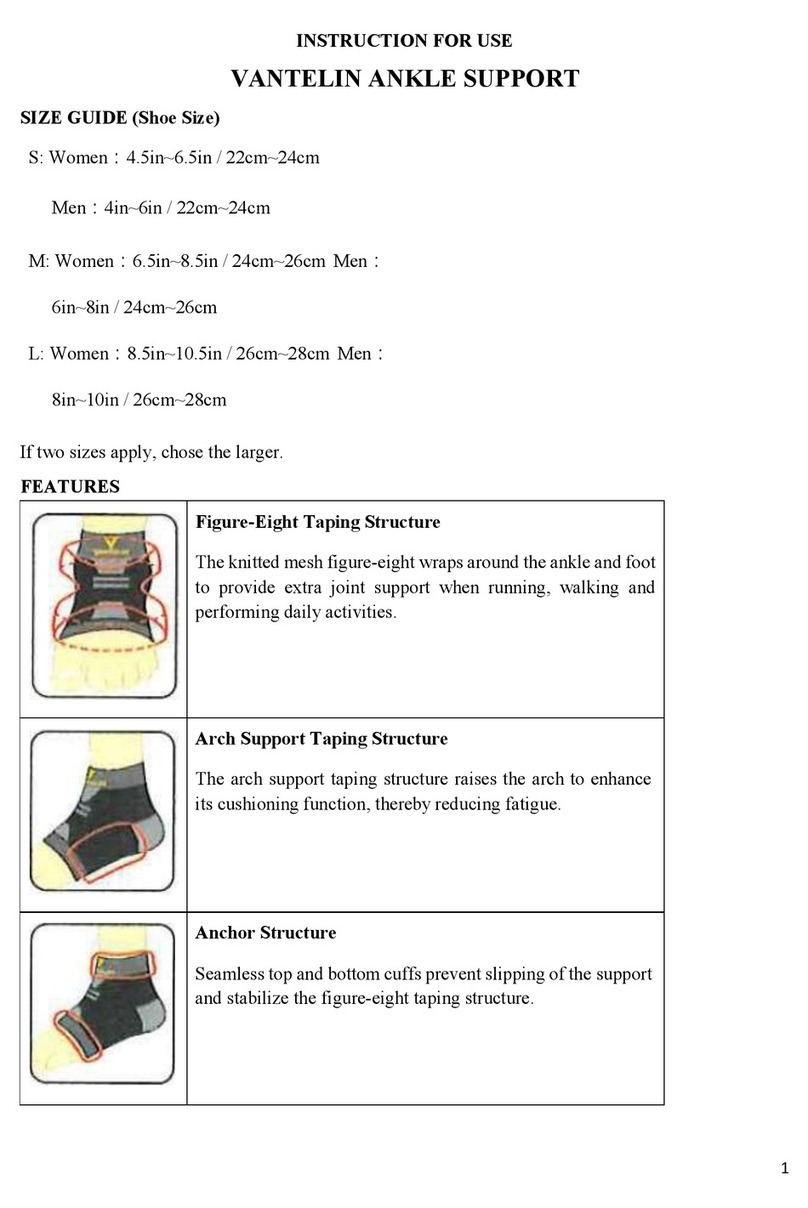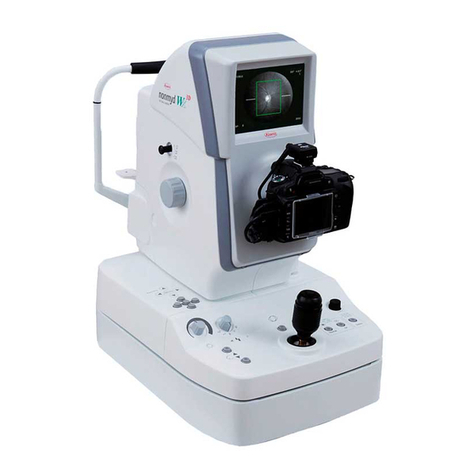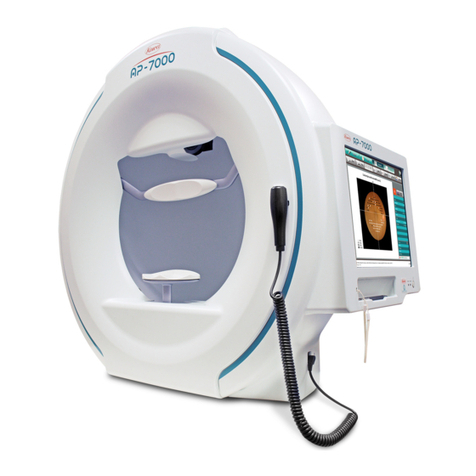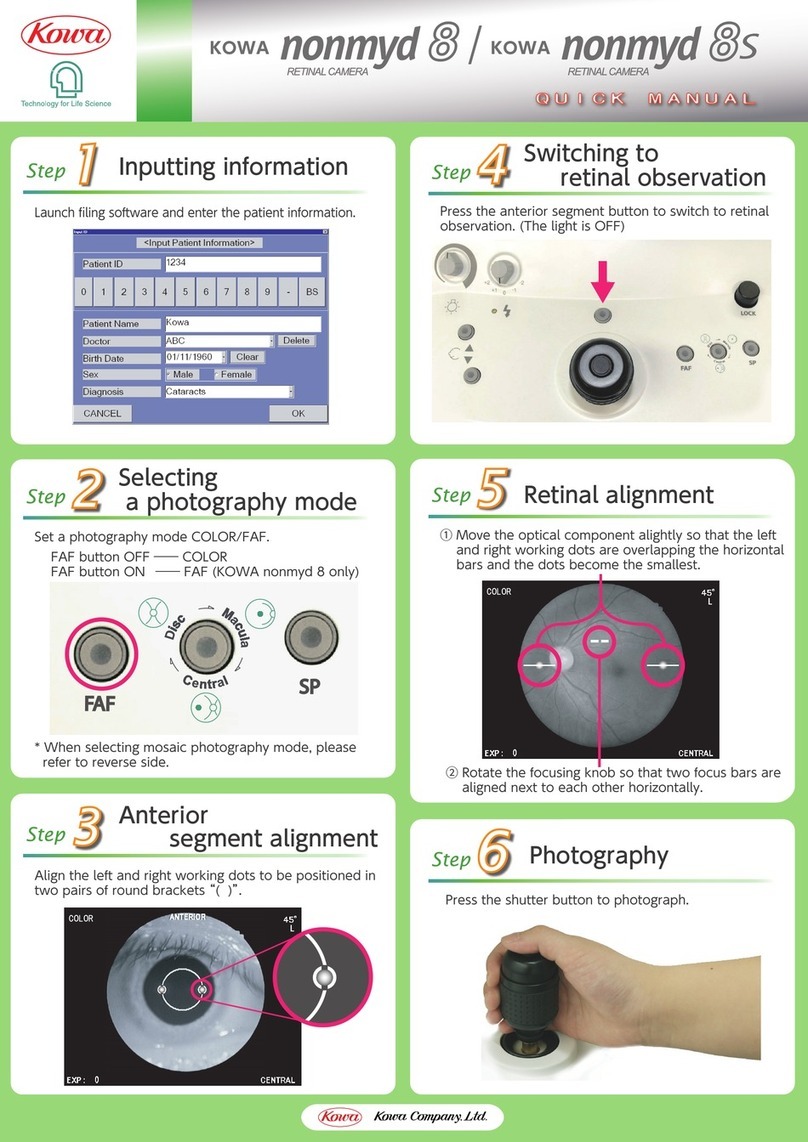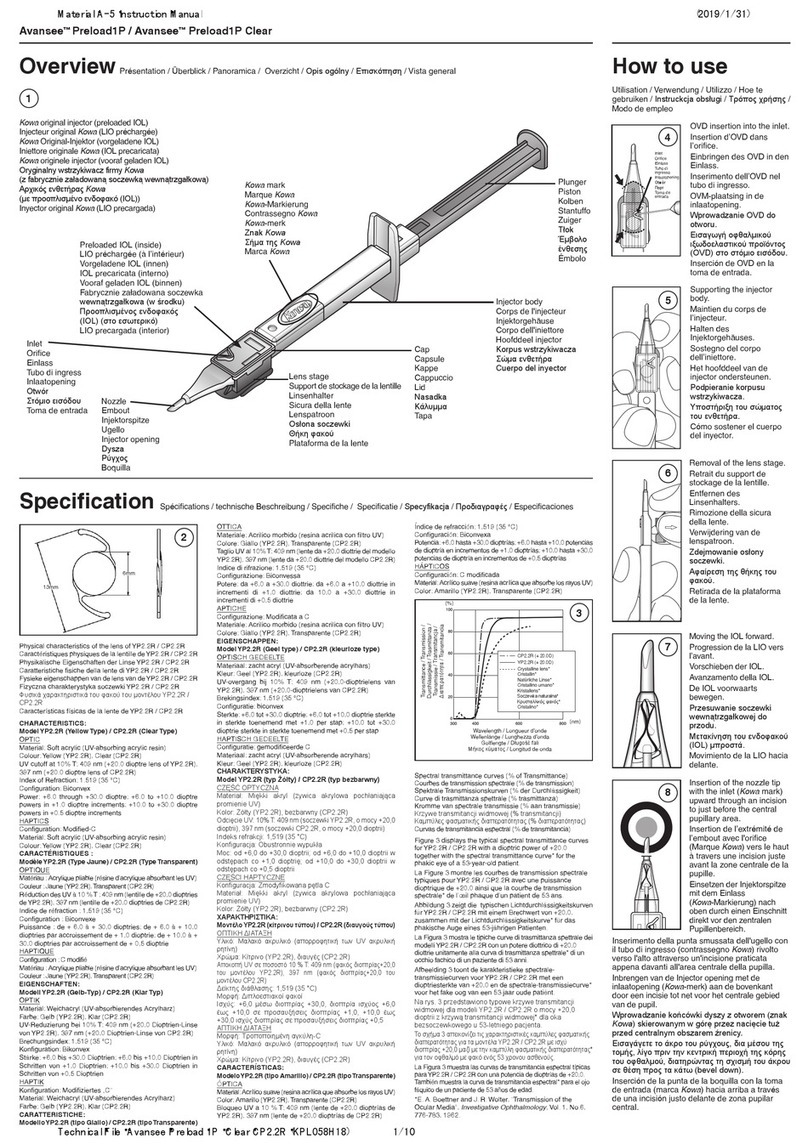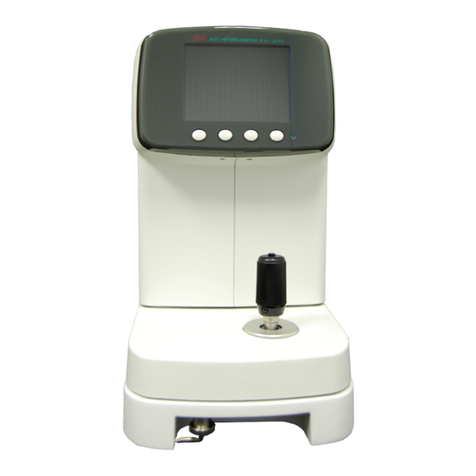P - 7
Operational Considerations for Hospital Grade Electrical
instrument (Safety and Accident Prevention)
1. Only qualified personnel should operate this instrument.
2. The following items shall be considered when installing instrument.
(1) Install at a location away from water or accidental splashing.
(2) Install at a location which will not be adversely affected by atmospheric pressure, temperature, humidity, ventilation,
sunlight, dust, air containing salt, sulfur and other substances, and the like.
(3) Take care to guard against tilt, vibration and strong impacts, for instance, during transportation.
(4) Instrument must not be installed at locations where chemicals are stored or gasses are generated.
(5) Be careful with the radio frequencies, voltages and allowable amperes (power consumption) of the power supply.
(6) Make sure that all batteries are installed properly and in good working order (discharging curve, polarity, and so forth).
(7) Properly connect ground wires.
3. The following items shall be considered when using the instrument.
(1) Make sure that instrument activates properly after checking switch contact, polarity, dial setting and meters and so forth
(2) Make sure that the instrument is properly grounded.
(3) Make sure that all cords are properly connected and secured.
(4) Use of other instruments and appliances on the same power circuit is liable to cause errors and incorrect flash output
resulting in incorrect diagnosis or hazards.
(5) External circuits and connectors that may come in direct contact with the patient must be checked frequently for signs
of wear.
(6) Before operations, make sure that the battery is sufficiently charged.
4. The following items shall be considered when using the instrument.
(1) Be sure to minimize the time and quantity required for diagnosis and treatment.
(2) Always assure that the instrument and patient are in good condition.
(3) When an abnormality is found on the instrument, take proper measures, for instance, to stop the operation of the
instrument while assuring the patient's safety.
(4) Do not allow the patient to touch any of the instrument controls.
5. The following items shall be considered after using the instrument.
(1) Turn off the instrument after setting control switches, dials and so forth to their initial statuses following with a specified
procedure.
(2) Do not pull cords for removal because an excessive force is exerted on them.
(3) The following shall be considered regarding storage location.
(a) Store the instrument at locations free from splashes of water.
(b) Store at a location which will not be adversely affected by atmospheric pressure, temperature, humidity, ventilation,
sunlight, dust, air containing salt, sulfur and other substances, and the like.
(c) Take care to guard against tilt, vibration and strong impacts, for instance, during transportation.
(d) Instrument must not be stored at locations where chemicals are stored or gasses are generated.
(4) Clean and rearrange accessories, cords, cord restraints and the like.
(5) The instrument must be cleaned prior to use so that there will be no problem when using it again.
6. If it has some trouble, a label describing the trouble should be affixed on the instrument and contact a
repair shop for repair.
7. Instrument shall not be modified.
8. Maintenance
(1) Periodically check the instrument and its components for any abnormality.
(2) When using again the instrument that has not been used for a while, it must be checked beforehand to assure that it is
in normal condition and operates safely.
9. Be careful of the possibility that incorrect operation may be caused by strong electromagnetic waves.
This instrument is examined based on IEC 60601-1-2:2001.
The purpose of this standard is to keep safety against the dangerous obstacle in typical medical facilities.
When this instrument is influenced by other instrument, or when it affects other instrument or when there is such fear,
please devise to move this instrument and other apparatus or to make the distance between those instrument.
Moreover, if there is an unknown point, please consult our company, or an agency beforehand.






